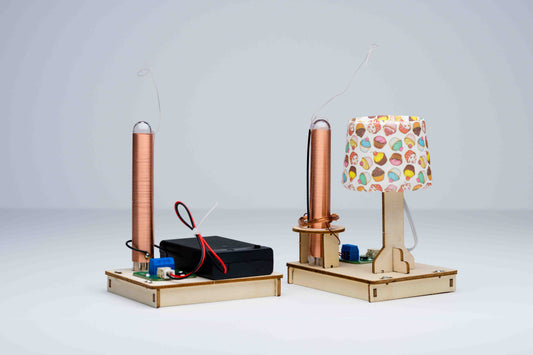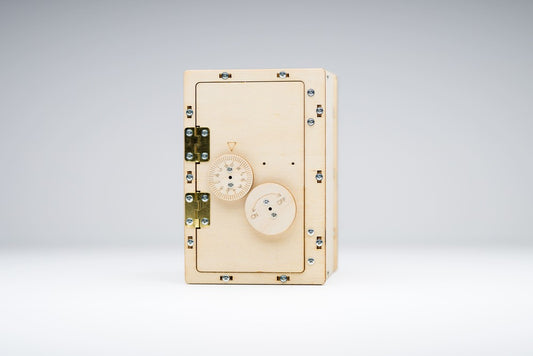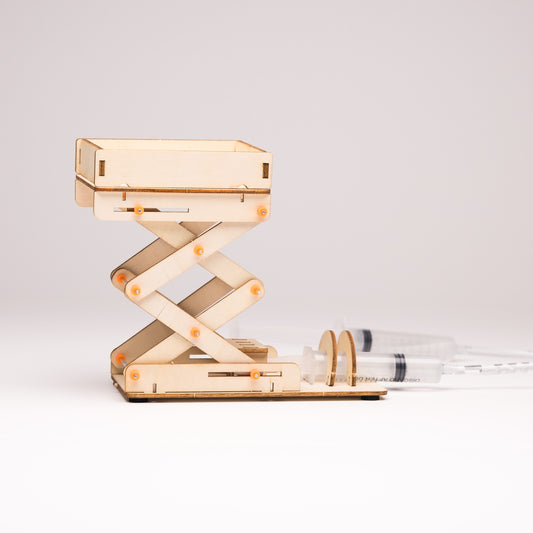Hello, budding scientists and curious minds! Ever thought that your home could be a playground of fascinating scientific experiments? With a few household items, you can unravel the mysteries of science right in your living room. Here's a list of 10 engaging and safe experiments for children to dive into.
1. Volcano Eruption
Materials: Baking soda, vinegar, a container.
Procedure: Pour baking soda into the container. Add vinegar and watch a fizzy eruption!
2. Dancing Raisins
Materials: Clear soda, raisins, glass.
Procedure: Fill the glass with soda and drop in a few raisins. Observe them "dance" as carbon dioxide bubbles lift them up.
3. DIY Lava Lamp
Materials: Clear bottle, water, vegetable oil, food coloring, effervescent tablets.
Procedure: Fill the bottle partly with water and then add oil. Drop in some food coloring and then the effervescent tablet. Enjoy the bubbly show!
4. Invisible Ink
Materials: Lemon juice, paper, heat source (like a light bulb).
Procedure: Write a message with lemon juice on paper. Once dried, hold the paper near the heat source and watch the hidden message appear!
5. Magnetic Field Art
Materials: White paper, magnets, iron filings.
Procedure: Place the paper over a magnet and sprinkle iron filings. Watch them arrange according to the magnetic field!
6. Density Tower
Materials: Honey, water, vegetable oil, rubbing alcohol, food coloring, tall glass.
Procedure: Carefully layer the liquids starting with honey, then water (colored for visibility), vegetable oil, and finally rubbing alcohol.
7. Egg in a Bottle
Materials: Boiled egg, glass bottle with a neck smaller than the egg, matchstick.
Procedure: Light the matchstick and drop it into the bottle. Quickly place the egg on top and watch it get sucked in!
8. Homemade Electroscope
Materials: Glass jar, aluminum foil, wire, plastic comb.
Procedure: Hang foil strips from a wire inside the jar. Charge the comb by rubbing it on wool/cloth and bring it close to the wire. Watch the foil repel!
9. Crystal Growth
Materials: Salt or sugar, hot water, string, a jar.
Procedure: Dissolve as much salt/sugar as you can in hot water. Hang a string into this solution and leave undisturbed. Over days, crystals will grow on the string.
10. Floating Egg
Materials: Raw egg, salt, two glasses of water.
Procedure: Add a lot of salt to one glass and leave the other as plain water. Place the egg in plain water (it sinks). Now place it in the saltwater (it floats)!
Conclusion:
Home is where the wonder lies! Each of these experiments provides a hands-on way for children to engage with scientific principles. And while they're fun, they also pave the path for deeper curiosity about the world. Remember to always supervise younger children during experiments and ensure safety precautions are followed.
Keep exploring, and don't forget to check out our range of exciting STEM kits designed to spark the young inventor in every child!





